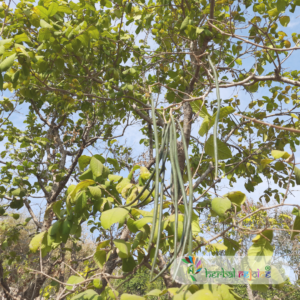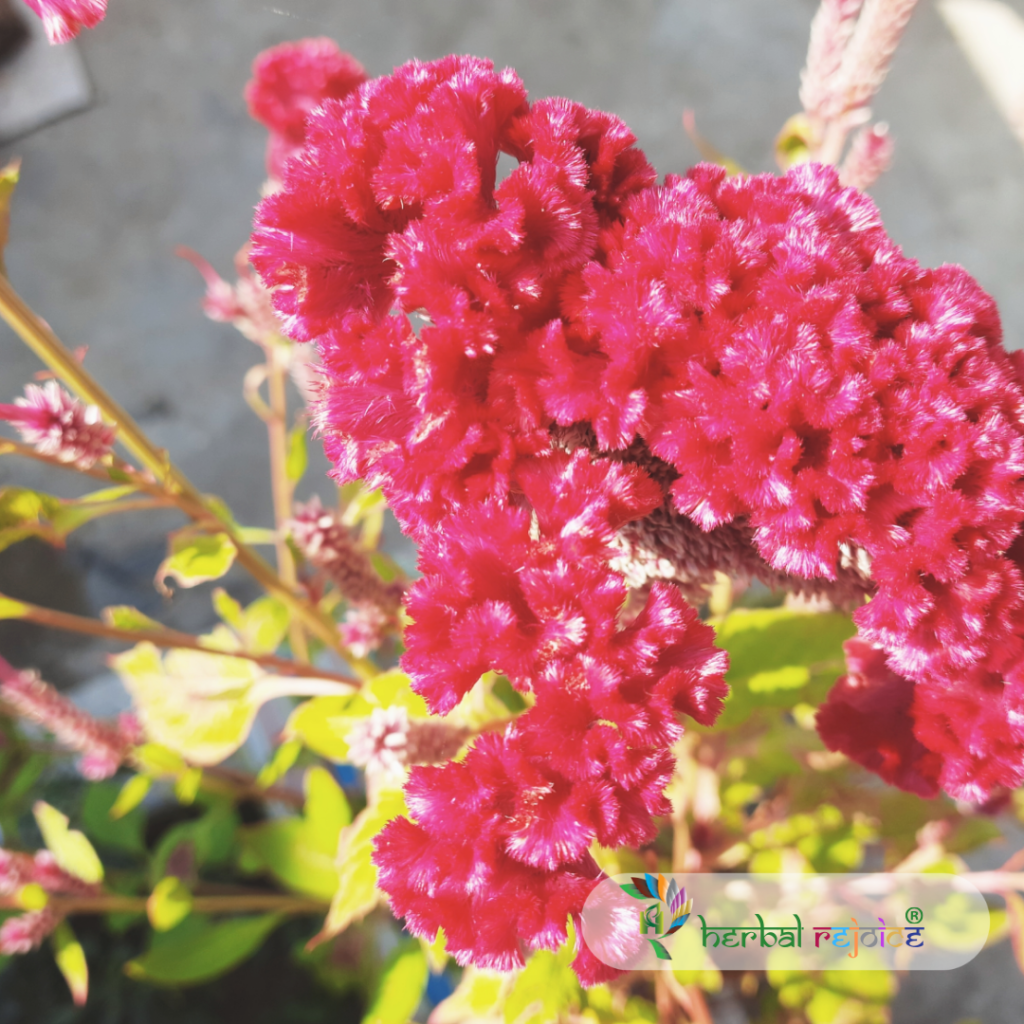Introduction
Wrightia tinctoria, commonly known as Pala Indigo Plant, is a tree found in the regions of Rajasthan, Madhya Pradesh, and Tamil Nadu. It has various medicinal uses in different traditional systems of medicine because of its antidysenteric, astringent, febrifuge, and anthelmintic properties. It is used for flatulence and bilious affections.
In Ayurveda, the plant is known as Shveta Kutaja (white-flowered), Punkutaja, and Indrayava (seeds). In Unani, it is referred to as Inderjao Shireen, while in Siddha/Tamil medicine, it is called Irum-paalai and Nilapaalai.
Health Benefits of Pala Indigo
The bark of Wrightia tinctoria is known to possess antidysenteric properties. It is also used in the treatment of piles and skin diseases.
The seeds, on the other hand, have been found to have antidysenteric, astringent, febrifuge, and anthelmintic properties.
The bark and seeds are commonly prescribed for flatulence and bilious affections.

Chemical Composition of Pala Indigo:
The pods of Wrightia tinctoria, which do not contain seeds, have been found to contain cycloartanes such as cycloartenone and cycloeucalenol. Other compounds present in the pods include alpha- and beta-amyrin, beta-sitosterol, ursolic acid, oleanolic acid, and the terpene wrightial.
The leaves of the plant also contain beta-amyrin. The stem bark of Wrightia tinctoria has been found to contain beta-amyrin, beta-sitosterol, and lupeol.
Furthermore, the seeds, leaves, and roots of the plant have been shown to contain an indigo-yielding glucoside. This compound is responsible for its traditional use in dye-making.
The flowers of Wrightia tinctoria have been found to contain a compound known as 3-O-rhamnoglucoside, which exhibits significant anti-inflammatory activity.
It is worth noting that the bark of Wrightia tinctoria is often used as an adulterant of Kurchi Bark, which is obtained from the Holarrhena antidysenterica plant.
Conclusion:
In conclusion, Wrightia tinctoria, also known as Pala Indigo Plant, has a variety of medicinal uses. It is commonly used in the treatment of dysentery, piles, and skin diseases.
The plant contains several bioactive compounds such as cycloartanes, terpenes, and glucosides, which contribute to its therapeutic properties.
However, it is important to be cautious when purchasing bark derived from this plant, as it is sometimes adulterated with Kurchi Bark.
Frequently Asked Questions (FAQ)
What is the common name of Wrightia tinctoria?
The common name of Wrightia tinctoria is Pala Indigo Plant.
Where is Pala Indigo found?
Pala Indigo is found in the regions of Rajasthan, Madhya Pradesh, and Tamil Nadu.
What are the medicinal uses of Pala Indigo in Ayurveda?
In Ayurveda, Pala Indigo is known to be used in the treatment of dysentery, piles, and skin diseases.
What are the traditional names of Wrightia tinctoria?
In Ayurveda, it is known as Shveta Kutaja, Punkutaja, and Indrayava. In Unani, it is referred to as Inderjao Shireen, and in Siddha/Tamil medicine, it is called Irum-paalai and Nilapaalai.
What are the properties of the bark of Wrightia tinctoria?
The bark of Wrightia tinctoria is known to possess antidysenteric properties and is used in the treatment of piles and skin diseases.
What properties do the seeds of Wrightia tinctoria have?
The seeds of Wrightia tinctoria have been found to have antidysenteric, astringent, febrifuge, and anthelmintic properties.
What compounds are present in the pods of Wrightia tinctoria?
The pods of Wrightia tinctoria contain cycloartanes such as cycloartenone and cycloeucalenol, as well as alpha- and beta-amyrin, beta-sitosterol, ursolic acid, oleanolic acid, and the terpene wrightial.
What compound is present in the flowers of Wrightia tinctoria?
The flowers of Wrightia tinctoria contain a compound known as 3-O-rhamnoglucoside, which exhibits significant anti-inflammatory activity.
What bioactive compounds are present in the leaves of Wrightia tinctoria?
The leaves of Wrightia tinctoria contain beta-amyrin.
What bioactive compounds are present in the stem bark of Wrightia tinctoria?
The stem bark of Wrightia tinctoria contains beta-amyrin, beta-sitosterol, and lupeol.
What is the traditional use of Wrightia tinctoria in dye-making?
Wrightia tinctoria is traditionally used in dye-making due to the presence of an indigo-yielding glucoside in its seeds, leaves, and roots.
How does Wrightia tinctoria contribute to its therapeutic properties?
Wrightia tinctoria contains bioactive compounds such as cycloartanes, terpenes, and glucosides, which contribute to its therapeutic properties.
What should be kept in mind when purchasing bark derived from Wrightia tinctoria?
It is important to be cautious when purchasing bark derived from Wrightia tinctoria, as it is sometimes adulterated with Kurchi Bark.
What is Kurchi Bark derived from?
Kurchi Bark is derived from the Holarrhena antidysenterica plant.
Can Wrightia tinctoria be used to treat dysentery?
Yes, Wrightia tinctoria is commonly used in the treatment of dysentery.
Is Wrightia tinctoria effective in treating piles?
Yes, Wrightia tinctoria is used in the treatment of piles.
Does Wrightia tinctoria have any known properties for skin diseases?
Yes, Wrightia tinctoria is known to have properties for the treatment of skin diseases.
What is the traditional use of Wrightia tinctoria in Unani medicine?
In Unani medicine, Wrightia tinctoria is referred to as Inderjao Shireen.
What is the traditional use of Wrightia tinctoria in Siddha/Tamil medicine?
In Siddha/Tamil medicine, Wrightia tinctoria is called Irum-paalai and Nilapaalai.
Are there any known side effects or precautions associated with the use of Wrightia tinctoria?
There are no specific known side effects or precautions associated with the use of Wrightia tinctoria.


